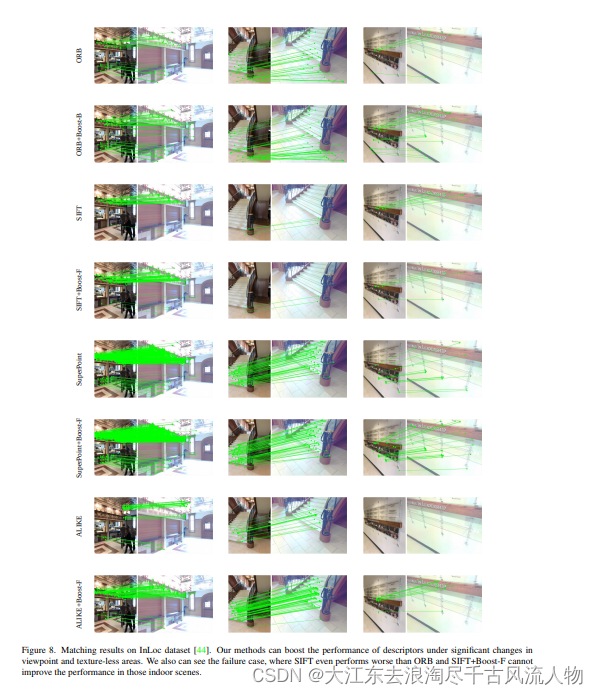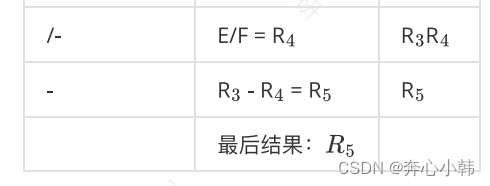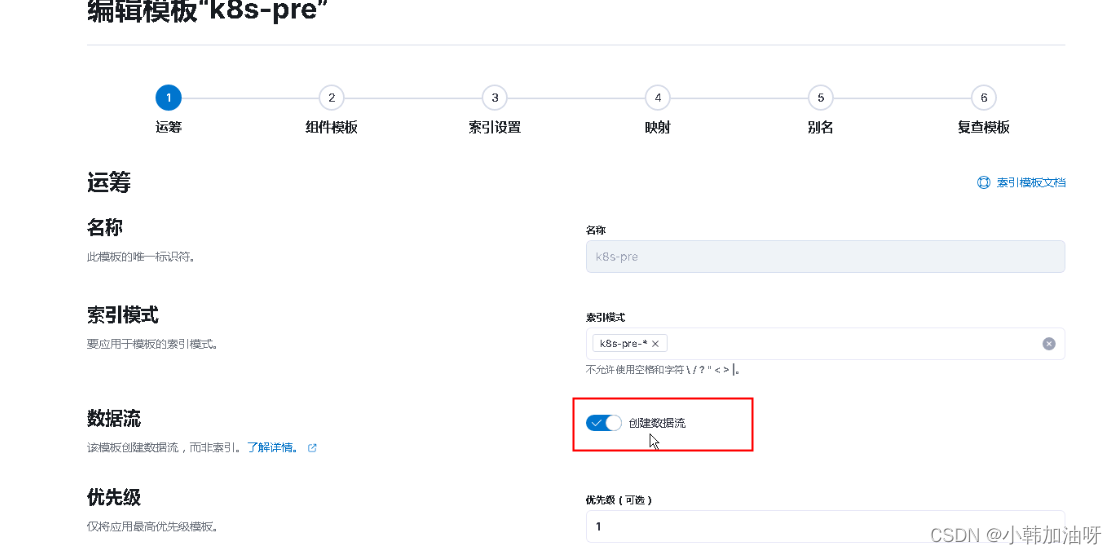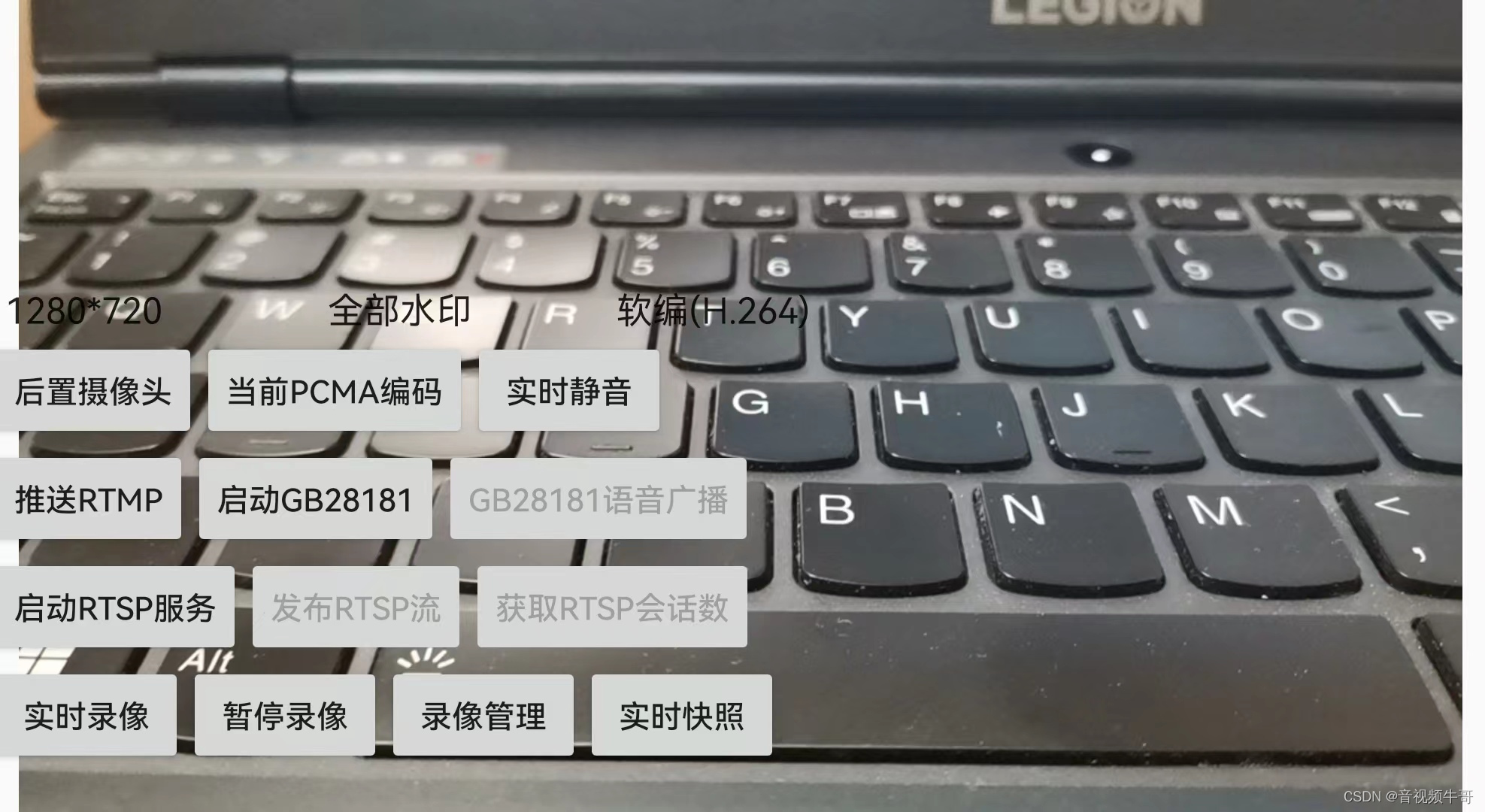😏★,°:.☆( ̄▽ ̄)/$:.°★ 😏
这篇文章主要介绍tinyxml2解析库配置使用。
无专精则不能成,无涉猎则不能通。——梁启超
欢迎来到我的博客,一起学习,共同进步。
喜欢的朋友可以关注一下,下次更新不迷路🥞
文章目录
- :smirk:1. 项目介绍
- :blush:2. 环境配置
- :satisfied:3. 使用说明
- 一个解析示例:
- xml地图解析
😏1. 项目介绍
项目Github地址:https://github.com/leethomason/tinyxml2
TinyXML-2是一个轻量级的C++库,用于解析和生成XML文档。它是对原始TinyXML库的改进和扩展,提供了更快速、更强大的XML处理功能。
以下是一些TinyXML-2的主要特点和功能:
1.简单易用:TinyXML-2提供了简单的API,使得解析和生成XML文档变得简单和直观。它使用类似于DOM(文档对象模型)的方法来操作XML元素,让开发者可以轻松地读取和写入XML数据。
2.轻巧高效:TinyXML-2具有非常小的内存占用和高性能。它专注于简单的XML操作,没有复杂的依赖关系,因此可以快速加载和处理大型XML文件。
3.支持解析和生成:TinyXML-2支持从字符串或文件中解析XML文档,并且可以生成格式良好的XML文本。它能够处理各种节点类型,如元素、属性、文本、注释等。
4.错误处理:TinyXML-2提供了灵活的错误处理机制。当解析XML时,它可以检测到语法错误、结构错误或其他问题,并提供相关的错误信息和异常处理机制。
5.跨平台:TinyXML-2可以在多个操作系统上使用,包括Windows、Linux和Mac OS等。
😊2. 环境配置
下面进行环境配置:
sudo apt-get install build-essential
git clone https://github.com/leethomason/tinyxml2.git
cd tinyxml2
make
sudo make install
# 查看版本
pkg-config --modversion tinyxml2
g++编译:g++ -o main main.cpp -ltinyxml2
😆3. 使用说明
下面进行使用分析:
一个解析示例:
#include <iostream>
#include <tinyxml2.h>int main() {// 创建一个XML文档对象tinyxml2::XMLDocument doc;// 加载XML文件if (doc.LoadFile("example.xml") == tinyxml2::XML_SUCCESS) {// 打印根元素名称tinyxml2::XMLElement* root = doc.FirstChildElement("Root");if (root) {std::cout << "Root Element: " << root->Name() << std::endl;}// 遍历并打印所有子元素tinyxml2::XMLElement* element = root->FirstChildElement();while (element) {std::cout << "Element Name: " << element->Name() << std::endl;// 获取元素的属性值const char* attributeValue = element->Attribute("attribute");if (attributeValue) {std::cout << "Attribute Value: " << attributeValue << std::endl;}// 获取元素的文本内容const char* textValue = element->GetText();if (textValue) {std::cout << "Text Value: " << textValue << std::endl;}element = element->NextSiblingElement();}}// 创建一个新的XML文档tinyxml2::XMLDocument newDoc;// 创建根元素tinyxml2::XMLElement* newRoot = newDoc.NewElement("NewRoot");newDoc.InsertFirstChild(newRoot);// 创建子元素tinyxml2::XMLElement* newElement = newDoc.NewElement("NewElement");newRoot->InsertEndChild(newElement);// 设置属性值newElement->SetAttribute("attribute", "value");// 设置文本内容newElement->SetText("Hello, World!");// 保存XML文件newDoc.SaveFile("new_example.xml");return 0;
}
xml地图解析
项目github地址(推荐学习):https://github.com/chenyongzhe/HdmapEngine
这个地图解析引擎项目用tinyxml2库解析apollo opendrive xml格式的高精地图,包含道路、车道连接关系、信号灯等元素,以及车道搜索、wgs84转东北天等工具,最后可用python matplotlib将处理完的地图show出来。
下面是一些解析示例:
// 读取xml文件,去判断Node
bool HdmapEngine::paserApolloxml(const char *file_name)
{tinyxml2::XMLDocument doc;if (doc.LoadFile(file_name) != XML_SUCCESS)return false;XMLElement *root = doc.RootElement();XMLElement *roadNode = root->FirstChildElement("road"); // find road nodewhile (roadNode != NULL){string name = roadNode->Attribute("name"); // road name// if name include string("Road") or string("junction")if (name.substr(0, 4) == "Road"){// cout << roadNode->Attribute("id") << endl;paserRoad(roadNode);}else if (name.substr(0, 8) == "junction"){paserJunction(roadNode);}roadNode = roadNode->NextSiblingElement();}// 创建搜索树vector<Point> centerLintePoints;for (int i = 0; i < laneList.size(); i++){// if(laneList[i].centerLinePoints!=NULL)for (int j = 0; j < laneList[i]->centerLinePoints.size(); j++){centerLintePoints.push_back(*(laneList[i]->centerLinePoints[j]));}}// cout<<"centerpoint size "<<centerLintePoints.size()<<endl;tree->read_in(centerLintePoints);// cout<<"centerpoint size "<<centerLintePoints.size()<<endl;// cout<<"创建搜索树成功"<<endl;// printRoad();return true;
}
// 解析road元素
bool HdmapEngine::paserRoad(XMLElement *roadNode)
{string predecessor_elementType;int predecessor_id = INT_MAX;int successor_id = INT_MAX;string successor_elementType;double road_length;road_id = atoi(roadNode->Attribute("id"));XMLElement *linkNode = roadNode->FirstChildElement("link");XMLElement *lanes = roadNode->FirstChildElement("lanes");XMLElement *laneSection = lanes->FirstChildElement("laneSection");XMLElement *sucNode = linkNode->FirstChildElement("successor");if (sucNode != NULL){// cout << sucNode->Attribute("elementType") << " " << sucNode->Attribute("elementId") << endl;successor_elementType = sucNode->Attribute("elementType");successor_id = atoi(sucNode->Attribute("elementId"));}XMLElement *preNode = linkNode->FirstChildElement("predecessor");if (preNode != NULL){// cout << preNode->Attribute("elementType") << " " << preNode->Attribute("elementId") << endl;predecessor_elementType = preNode->Attribute("elementType");predecessor_id = atoi(preNode->Attribute("elementId"));}Road *road = new Road(road_id, predecessor_elementType, predecessor_id, successor_elementType, successor_id);int jun = atoi(roadNode->Attribute("junction"));if (jun == -1){// 非路口道路road->isJunctionRoad = false;}else{// 路口道路road->isJunctionRoad = true;}laneSection_id = 0;// lanesectionwhile (laneSection != NULL){paserLaneSection(laneSection, road);laneSection_id++;laneSection = laneSection->NextSiblingElement("laneSection");}// 解析stoplinepaserStopLineCrosswalk(roadNode, road);road->length = road->getRoadLength();roadList.push_back(road);roadMap[road->road_id] = road;return true;
}
gps转xyz工具部分:
bool TransformUtil::gps2xyz(const double &longitude, const double &latitude, const double &altitude,Eigen::Vector3d &xyz)
{// gps << gps_msg.longitude, gps_msg.latitude, gps_msg.altitude;Eigen::Vector3d gps(longitude, latitude, altitude);Eigen::Vector3d gps_ECEF = WGS84toECEF(gps);// 处理GPS数据double rad_lon = gps_origin_[1] / 180 * M_PI;double rad_lat = gps_origin_[0] / 180 * M_PI;double sin_lon = sin(rad_lon);double cos_lon = cos(rad_lon);double sin_lat = sin(rad_lat);double cos_lat = cos(rad_lat);Eigen::Matrix3d rot = Eigen::Matrix3d::Zero();// clang-format offrot << -sin_lon, cos_lon, 0,-sin_lat * cos_lon, -sin_lat * sin_lon, cos_lat,cos_lat * cos_lon, cos_lat * sin_lon, sin_lat;// clang-format onEigen::Vector3d diff_ECEF = gps_ECEF - origin_ECEF_;Eigen::Vector3d xyz_ECEF = rot * diff_ECEF;xyz << xyz_ECEF[0], xyz_ECEF[1], xyz_ECEF[2];return true;
}

以上。

![[PyTorch][chapter 47][LSTM -2]](https://img-blog.csdnimg.cn/ff342a9332d24c3e8c5f82108b339eec.png)









